What is Tunisian Crochet? Basic Beginner’s Guide
Have you wondered what is Tunisian crochet? Well, Tunisian crochet is a unique and versatile form of needlework that you might find intriguing if you enjoy traditional crochet or knitting.
It’s often referred to as Afghan crochet, and it utilizes a longer hook than regular crochet, with a stopper on the end, similar to a knitting needle.
This technique creates a distinct woven texture, with a fabric that’s denser and thicker, making it ideal for warm blankets, cozy sweaters, and sturdy bags.
You start Tunisian crochet with a foundation row, followed by a forward and reverse pass, which makes it somewhat different from other types of crochet. The stitches are picked up along the hook on the forward pass and then worked off on the reverse pass.
One of the joys of Tunisian crochet is that you never turn your work, so you always face the same side, making it easier to keep track of your stitch pattern.
The process can be meditative and rewarding, yielding a beautiful, tightly structured fabric with a smooth finish.
With a variety of stitches available, such as Tunisian simple stitch (TSS), Tunisian knit stitch (TKS), and Tunisian purl stitch (TPS), you can explore an array of textures and patterns.
Whether new to needle crafts or an experienced hand, Tunisian crochet offers a satisfying blend of simplicity and complexity that can broaden your crafting repertoire.
Table of Contents
What is Tunisian Crochet?
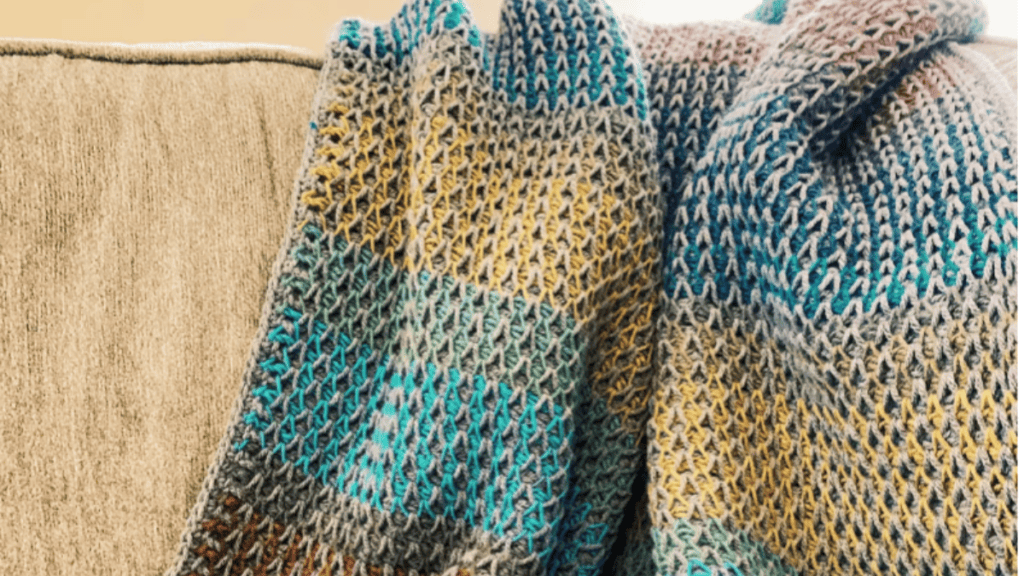
Tunisian crochet is a unique style of crochet that combines elements of both knitting and crochet. It introduces you to a new skill set that’s especially intriguing if you’re picking up the hook for the first time.
History of Tunisian Crochet
Tunisian crochet, also known as Afghan crochet, has a rich and somewhat mysterious history. There’s evidence to suggest that this technique has been around for centuries, although its exact origins are unclear.
What’s well-documented is its popularity surge during the Victorian era, marking it as a time-honored craft.
Tunisian Crochet vs Crochet
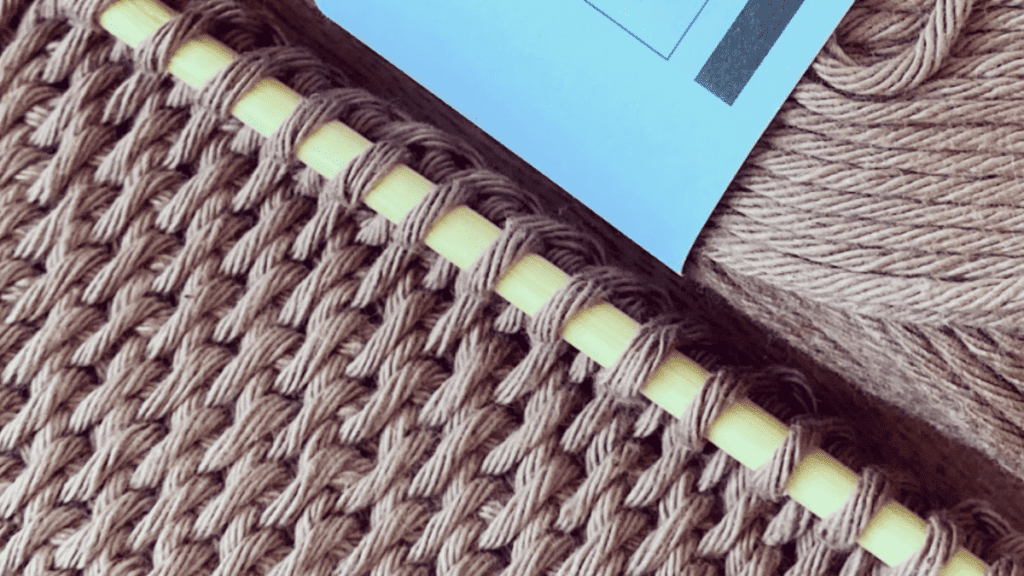
In Tunisian crochet:
- Tools: You’ll use a longer hook known as a Tunisian or Afghan hook.
- Stitches: Stitches stay on the hook, similar to knitting.
- Fabric: It creates a thicker, more woven-like fabric.
In contrast, traditional crochet:
- Tools: Utilizes a shorter crochet hook.
- Stitches: Stitches are completed one at a time.
- Fabric: Results in a more delicate and lace-like fabric.
Benefits of Tunisian Crochet
Tunisian crochet offers distinct perks:
- Texture and Style: Produces a dense and unique fabric that’s ideal for warm blankets and cozy garments.
- Versatility: Allows for intricate colorwork and various stitch patterns.
- Mindfulness: The rhythmic process can be soothing, providing a meditative crafting experience.
Tunisian Crochet Basics
Tunisian crochet combines the ease of crochet with the look of knitting. With the correct tools and techniques, you’ll create a fabric that’s rich in texture and versatile in use.
Tunisian Crochet Hook
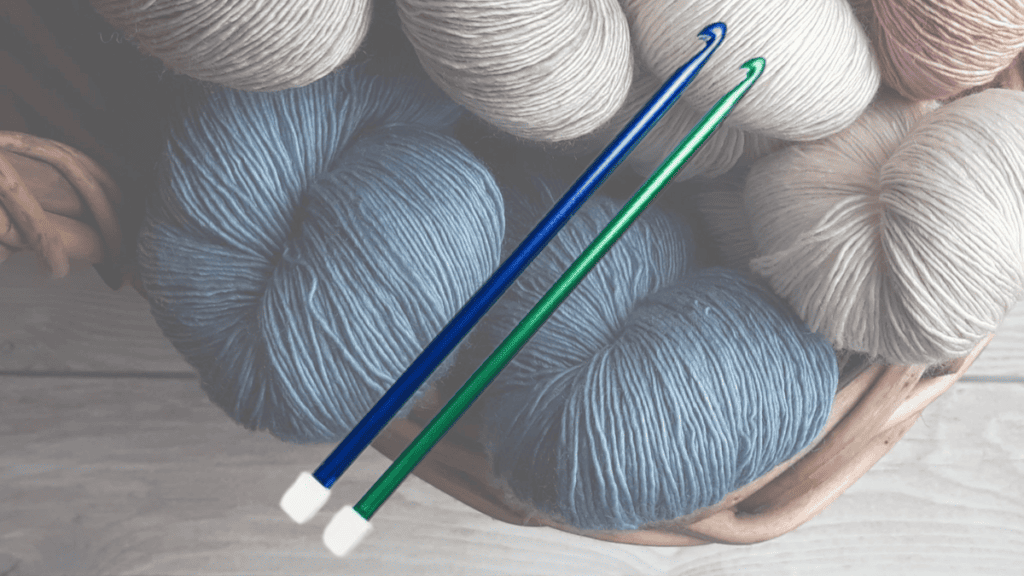
Check Prices: Tunisian Hook
Tunisian crochet requires special Tunisian hooks which are typically longer than regular crochet hooks to accommodate multiple stitches.
These may also be called Afghan hooks. Your hook size will influence the size of the stitches and the overall look of your project.
For beginners, a medium-sized hook such as 5mm is a good starting point. Here’s a quick list to help you decide:
- Tunisian crochet hooks: Long, typically straight, and can be made of materials like bamboo, plastic, or metal.
- Regular crochet hook: Shorter and unfit for holding multiple Tunisian crochet stitches.
- Afghan hooks: Another term for Tunisian hooks, often with a stopper at the end.
- Longer hooks: Needed for larger projects; some even come with a cable to handle the extra stitches.
Tunisian Crochet Stitches
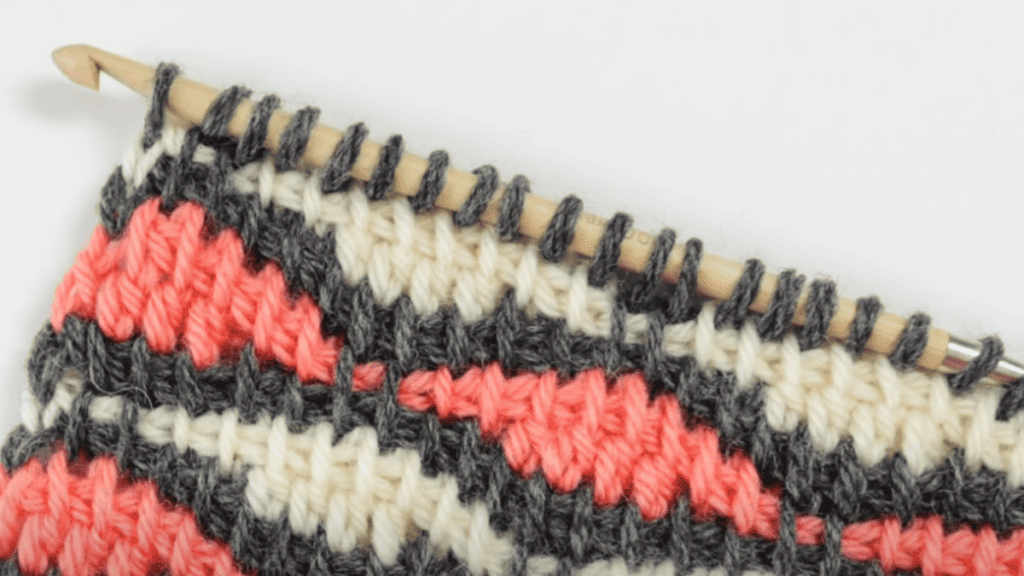
Start with a foundation chain, which is a series of chain stitches that serves as the base for your work.
Use your Tunisian hook and make a slip knot to begin. Create the same number of chains as your desired width of stitches.
Keep the tension even to ensure that your work doesn’t become too tight or too loose, making it difficult to insert the hook into the chains. Here’s what to remember:
- Foundation chain: The starting point of your Tunisian crochet project.
- Keep an even tension for ease of subsequent row build-up.
Basic Tunisian Crochet Stitches

See all Tunisian stitches with videos
Once your foundation chain is ready, it’s time to learn the basic Tunisian crochet stitches. The most fundamental stitch is the Tunisian Simple Stitch (TSS). To execute TSS:
- Insert the hook behind the first vertical bar.
- Yarn over and pull up a loop.
- Retain loops on the hook as you go horizontally along the row.
Remember:
- Each loop represents a future stitch.
- Work progresses from right to left (if you’re right-handed) with loops accumulating on the hook.
Working in these straight-forward steps, you’ll soon find yourself immersed in the gratifying process of Tunisian crochet, creating fabrics with a distinctive, woven-like texture. Keep practicing, and you’ll see how addictive this craft can be!
Tunisian Crochet
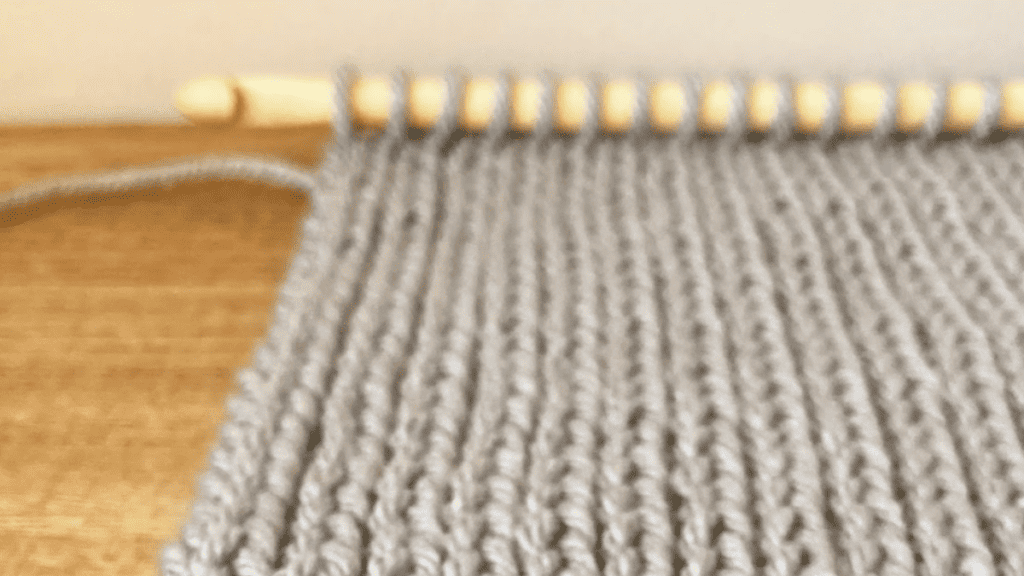
Tunisian crochet involves a unique two-step process: the forward and return pass, which creates a fabric that’s distinct from other crochet techniques. As you learn the array of stitches and how to increase or decrease them, you’ll notice how each technique adds to the texture and shape of your project.
Forward and Return Pass
In Tunisian crochet, every row comprises two steps: the forward pass and the return pass. During the forward pass, you pick up loops from the vertical strands of your work onto your long hook, leaving all loops on the hook.
To complete the return pass, you work those loops off the hook by yarn-over and pull through, similar to traditional crochet but worked in reverse.
Tunisian Stitch Patterns
There’s a variety of Tunisian stitch patterns that create different textures:
- Tunisian Simple Stitch (TSS): Insert your hook into a vertical strand, yarn over and pull up a loop.
- Tunisian Knit Stitch (TKS): Insert your hook between the vertical strands simulating a knit stitch, yarn over and pull up a loop.
- Tunisian Purl Stitch (TPS): Bring the yarn to the front, insert the hook into a vertical strand, then yarn over and pull up to create a purl-like texture.
- Tunisian Full Stitch (TFS): Create a loop in the space between stitches for a denser, fuller fabric.
- Tunisian Smock Stitch (TSmS): Combine specific stitches for a textured, smocked appearance.
- Tunisian Double Crochet (TDC): Similar to the double crochet in traditional crochet, providing a taller stitch with a distinctive look.
These stitches can be combined to form intricate patterns and textures.
Increasing and Decreasing Stitches
To shape your Tunisian crochet piece, you must learn increasing and decreasing.
Increasing:
- Insert the hook into the horizontal bar before or after a stitch to increase by one stitch.
- For more advanced increasing, create new loops within the fabric or at the edge.
Decreasing:
- Combine two or more stitches by pulling a loop through multiple vertical strands.
- The method of decrease changes the slope and can affect the overall look of the pattern.
Practice these techniques to masterfully shape your Tunisian crochet projects.
Tunisian Crochet Patterns
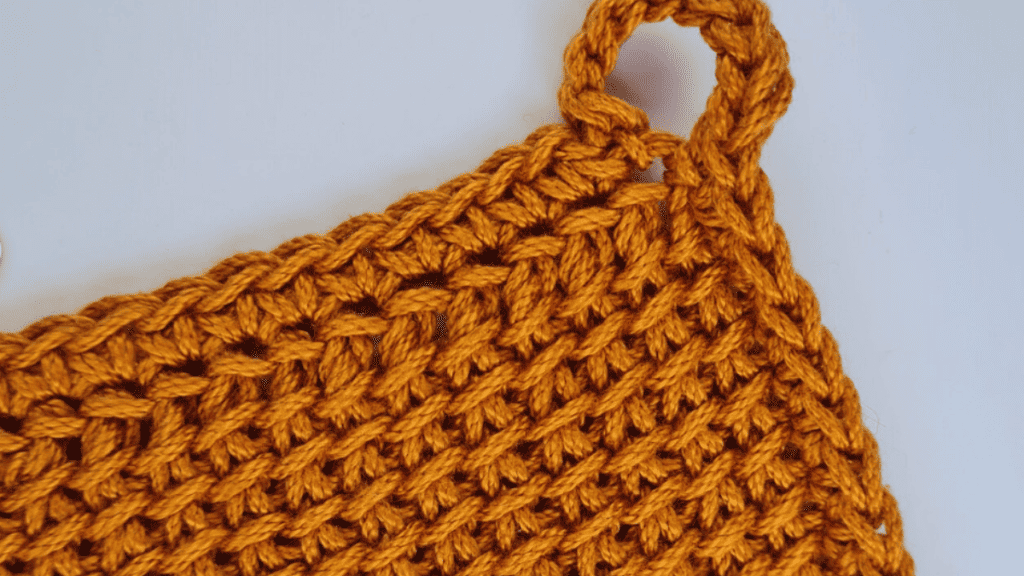
When you’re looking at Tunisian crochet patterns, they might seem like a bit of a puzzle at first. Here’s the deal:
- Symbols and Abbreviations: Patterns use specific abbreviations for different stitches. Familiarize yourself with them, as they’re the shorthand of your project’s blueprint.
- Repetition: Patterns often involve repetition. Look for asterisks, brackets, or parentheses for repeat sections.
- Gauge: This measures the number of stitches per inch. It’s crucial for your project to fit as intended, especially for wearable items.
Our Favorite Tunisian Crochet Patterns:
Advanced Tunisian Crochet
Once you’re comfortable with the basics, advanced Tunisian crochet opens up a world of intricate designs and larger, more complex projects. You’ll explore diverse stitches and master the art of bringing your work to a polished completion.
Complex Stitches and Techniques
Diving into advanced Tunisian crochet, you’ll encounter a variety of different stitches that can dramatically change the texture and appearance of your work.
The Afghan stitch, a staple in this craft, is just the beginning. Try your hand at the Tunisian knit and purl stitches, or the honeycomb stitch for a textured effect that’s visually stunning. To mix things up, experiment with the smock stitch, which creates a dense and elegant fabric ideal for cozy accessories.
A double-ended crochet hook adds even more variety, allowing you to work with two colors of yarn and produce reversible fabrics.
- Main Stitches:
- Tunisian Simple Stitch (TSS)
- Tunisian Knit Stitch (TKS)
- Tunisian Purl Stitch (TPS)
- Tunisian Full Stitch (TFS)
- Tunisian Honeycomb Stitch
Handling Larger Projects
As you gain confidence, you might find yourself eyeing bigger projects like afghans or a baby blanket.
For these, you’ll need a larger hook and possibly an extension to accommodate the increased number of stitches.
Managing these expansive pieces can be challenging, but working in segments and then joining them could simplify the process.
Some crafters enjoy using a double-ended hook for such projects, which lets you work from both ends and reduce the time you might spend on color changes.
- Project Tips:
- Use a hook extension for large projects
- Consider segmenting work to keep it manageable
- Double-ended hooks can save time
Joining and Finishing Techniques
The final look of your project depends greatly on your joining and finishing techniques. Seamless joins can make your work look professional and well-made, while a clumsy finish can detract from even the most beautiful crochet.
A popular method for joining Tunisian crochet pieces is the mattress stitch, which is nearly invisible. When it’s time to finish, blocking your work is essential, as Tunisian crochet often curls at the edges.
Pin your finished product to a blocking board, spray it with water, and allow it to dry fully. This not only straightens out the piece but also gives your stitches a defined and even look.
- Joining Techniques:
- Mattress stitch
- Whip stitch
- Crocheted seams
- Finishing Touches:
- Block your work to reduce curling
- Weave in ends securely
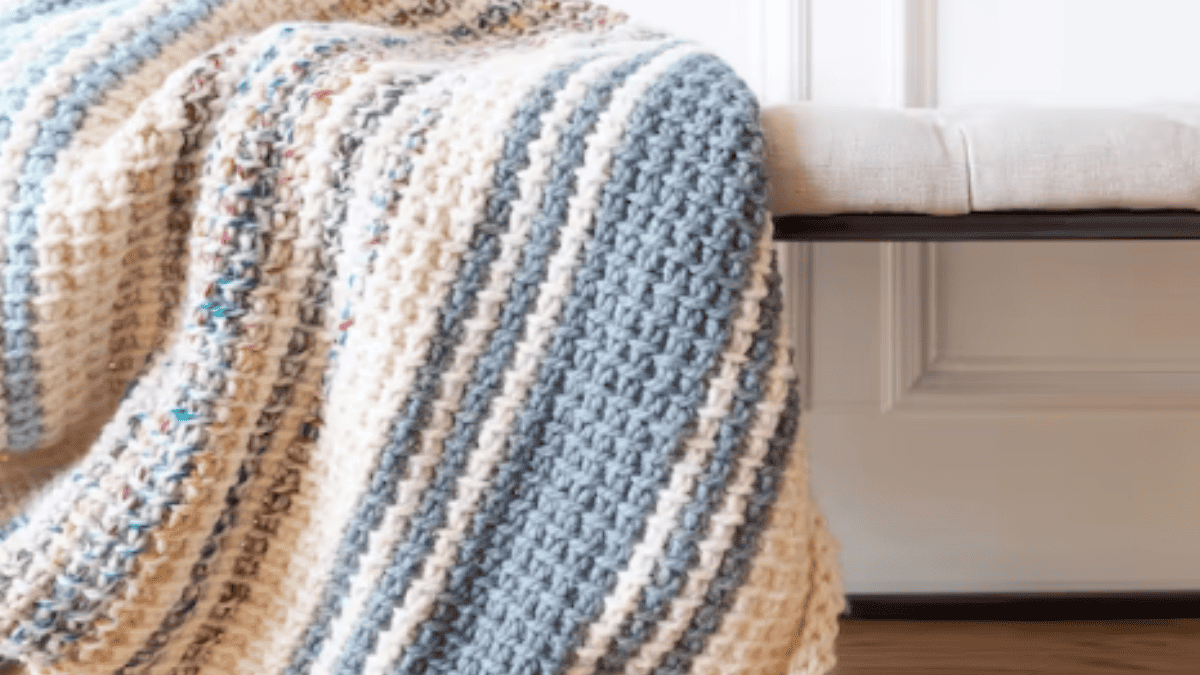
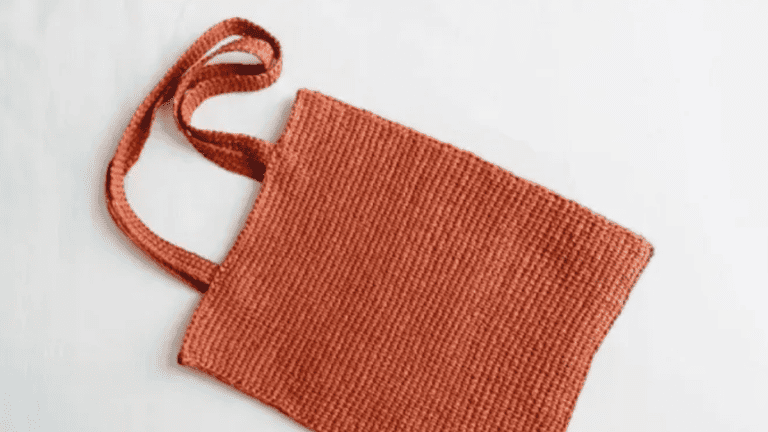
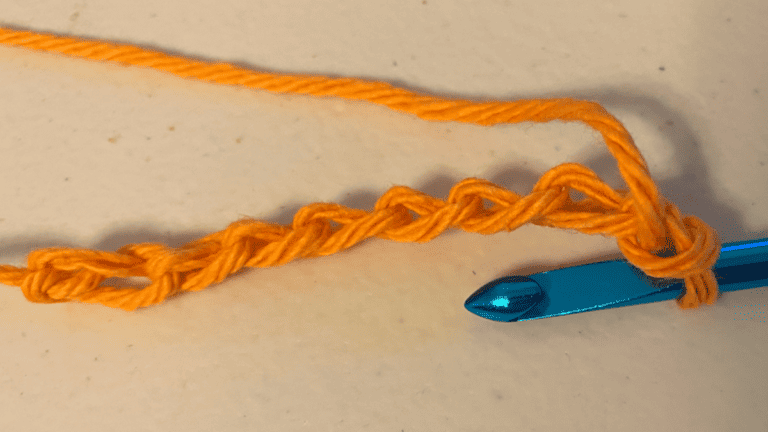
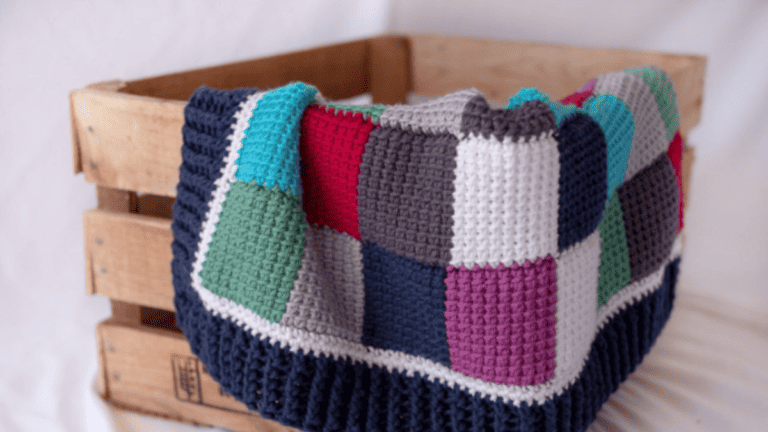
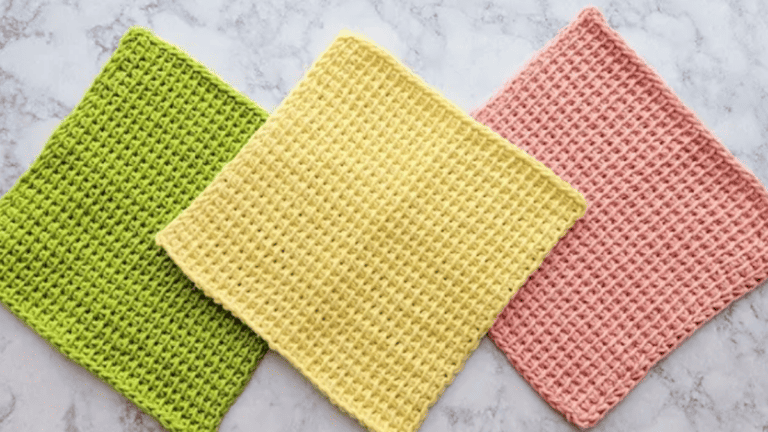
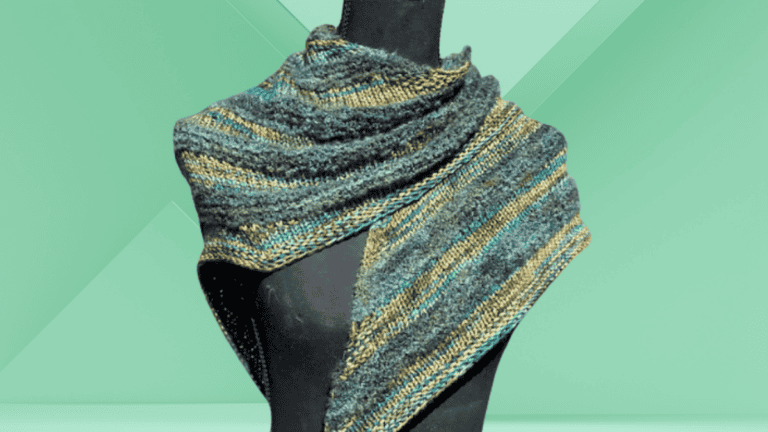
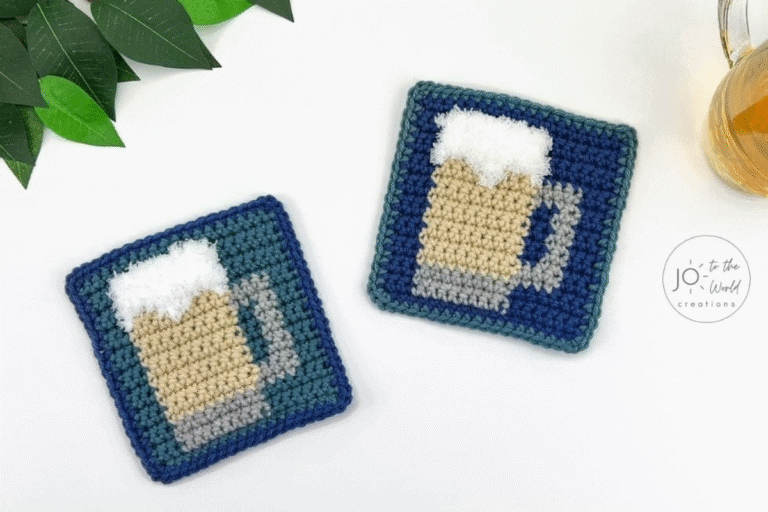
One Comment